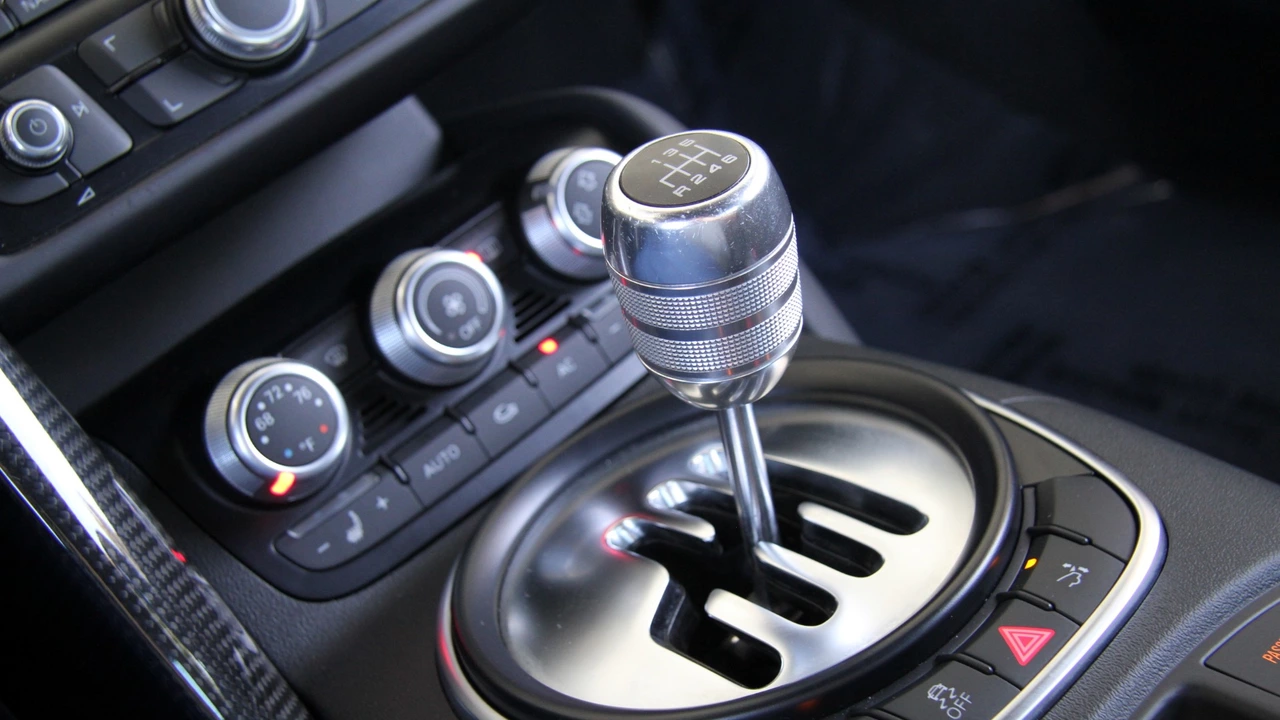Alright, pedal-to-the-metal folks! Let's grapple with the age-old question: are manual transmission cars the real deal for racing? Well, buckle up buttercup, because surprise, surprise, they often are! Manual cars provide a level of control unmatched by automatics, allowing racers to shift gears at the optimal time for a speed boost. Plus, the feeling of manually shifting gears can make you feel like a racing god! But remember, it's not just about the car, it's about the driver. So, practice those gear shifts and maybe one day you'll leave automatics in your dust!
Motorsport Comparison – What Sets Each Discipline Apart
Ever wonder how drag racing stacks up against a traditional circuit race? Or what the shift to electric power could mean for the roar of engines? This page pulls together the most talked‑about comparison posts on Ryland Motorsports Hub, giving you the quick facts and opinions you need without the fluff.
Drag Racing vs. Circuit Racing
Drag racing is a short, straight‑line sprint that lasts just seconds. It’s all about reaction time, raw power, and a perfect launch. In contrast, circuit racing—think F1 or MotoGP—requires sustained speed, cornering skill, and tire management over dozens of laps. The post about drag racing breaks down this difference with a splash of humor, comparing the adrenaline of a 0‑60 burst to the strategic grind of a 300‑km Grand Prix.
While drag racers focus on maximizing horsepower, circuit racers balance aerodynamics, fuel load, and tire wear. The result? Different engineering challenges, different fan experiences, but both delivering heart‑pounding action.
Future of Auto Racing: Gasoline vs. Electric
Electric racing is no longer a sci‑fi fantasy. The post “What will be the future of auto racing without gasoline?” looks at how EVs could dominate the grid, offering instant torque and zero emissions. Yet many fans miss the deep rumble of a V8. The article argues that electric series like Formula E bring fresh tech, while traditional series may adopt hybrid systems to keep the engine note alive.
One practical takeaway: race organizers are already testing hybrid power units, so the next decade will likely blend the best of both worlds. That means faster laps, greener tech, and still‑recognizable engine sounds.
Other comparison pieces add layers to the conversation. For example, the “How many formula racing exists?” post lists F1, F2, F3, F4, Formula E, and IndyCar, showing how each tier serves as a stepping stone for drivers. Meanwhile, the safety comparison article asks how we can push motorsport safety further, suggesting stronger car structures and smarter track design.
All these posts share a common thread: motorsport is a mix of tradition and innovation. By reading the comparisons, you get a clearer picture of why a drag strip feels so different from a road course, or how electric power might reshape the sport you love.
Got a favorite comparison you want to dig into? Use the tags on each article to jump straight to the discussion. Whether you’re a casual fan or a hardcore gearhead, these side‑by‑side looks help you appreciate the nuances that make each racing discipline unique.
Keep checking this page for new comparison posts, and stay ahead of the conversation in the fast‑moving world of motorsports.
